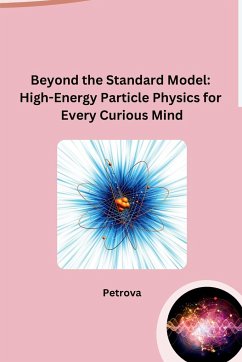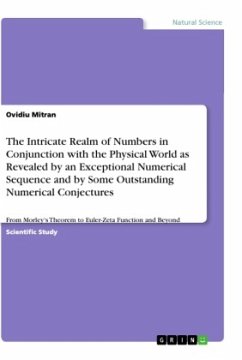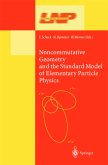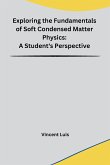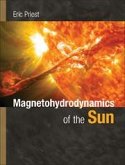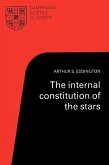Welcome to the exciting world of particle physics! In this subchapter, we will delve into the fascinating topic of the Standard Model-a fundamental theory that has revolutionized our understanding of the universe. Whether you are an enthusiast, a student, or simply curious about the wonders of the cosmos, this brief overview will provide you with a solid foundation to appreciate the intricacies of particle physics. The Standard Model is a remarkable framework that describes the fundamental building blocks of matter and their interactions. It encompasses three of the four fundamental forces of nature: electromagnetism, the weak nuclear force, and the strong nuclear force. This comprehensive theory has been meticulously developed over the course of several decades, combining the efforts of brilliant minds and countless experimental observations. At its core, the Standard Model consists of two main classes of particles: fermions and bosons. Fermions are the building blocks of matter and include particles such as quarks and leptons. Quarks are the constituents of protons and neutrons, while leptons include familiar particles like electrons and neutrinos. These fermions interact through the exchange of bosons, which are force-carrying particles. For instance, photons mediate electromagnetic interactions, while W and Z bosons are responsible for the weak nuclear force. One of the most intriguing aspects of the Standard Model is its prediction of the Higgs boson-a particle that gained substantial attention with the discovery at CERN's Large Hadron Collider in 2012. The Higgs boson is associated with the Higgs field, which permeates the universe and endows particles with mass. Its discovery was a significant milestone, confirming a key component of the Standard Model and shedding light on the origin of mass in the universe. While the Standard Model has been incredibly successful in explaining a vast array of experimental observations, it is not without its limitations. For example, it does not incorporate gravity, which is described by Einstein's general theory of relativity. Additionally, the existence of dark matter and dark energy remains unexplained within the framework of the Standard Model.
Hinweis: Dieser Artikel kann nur an eine deutsche Lieferadresse ausgeliefert werden.
Hinweis: Dieser Artikel kann nur an eine deutsche Lieferadresse ausgeliefert werden.

